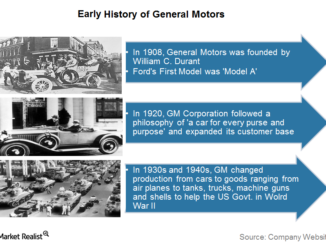
Originally, of course, all writing was done by hand.
The first ever person to patent a typewriter was Henry Mill. His idea is entered in the records in the British Patent Office in 1714. Unfortunately Henry Mill never got around to manufacturing his machine due to impatience with manufacturing it.
More types of typewriters were invented after this, but were huge and heavy, some resembling the size of a piano, and took actually longer to use than handwriting itself, which obviously defeated the object!
The first person to actually manufacture the first practical typewriter was Christopher Scholes, who patented his second model in 1868 (this machine finally exceeding the speed of handwriting), along with the help of S.W. Soule and G. Glidden.
Scholes sold the rights of the typewriter over to Densmore, and Densmore improved the typewriter and its usability by using Philo Remington to market the machine. It was not an instant success however. The first Scholes and Glidden typewriter was offered for sale in 1873. It was not until a few years later that Remington’s engineers worked on the device and improved it, that it became a success and sales rocketed. The first typewriter sold for $125. About 5000 were sold in the next four years and about 6 different models evolved in that time due to improvements. On some machines the return (carriage return) could be used by a foot pedal.
The keyboard then was designed in a way that the most commonly used letters were next to each other and thus, It was found that the keys jammed easily. A business associates, James Densmore suggested separating the most commonly used keys away from each other to slow down typing, and this is how we got today’s keyboard arrangement, the QWERTY (the first six letters on the keyboard).
Typewriters became common in offices in the late 1880s. Initially the typewriter could only produce capital letters but it later was later modified with upper and lower case letters. A typewriter has (and still does on modern typewriters) a carriage containing a large roller which is used to return, (hence the name carriage return) and a small roller to hold the paper in place.
If you made a mistake it required a lot of rubbing out (including the carbon copies), or starting all over again.
Tippex was not invented until the 1950s and even then it was a powdery paper type of substance (not like the fluid we have now). But before you used it you had to still had to tub out the mistake on all of the carbon copies first. And then it still made a bit of a mess, so accuracy was paramount.
In the 1970’s a Remington was still used and most students had to complete an RSA Certificate of competence in typing. This took a lot of time and care and if an error was made Tippex was used to correct errors. In the 1980s computers became more and more advanced and of course today we have the modern computer (thank goodness for that)!
Proudly WWW.PONIREVO.COM
Source by Catherine Bennett



